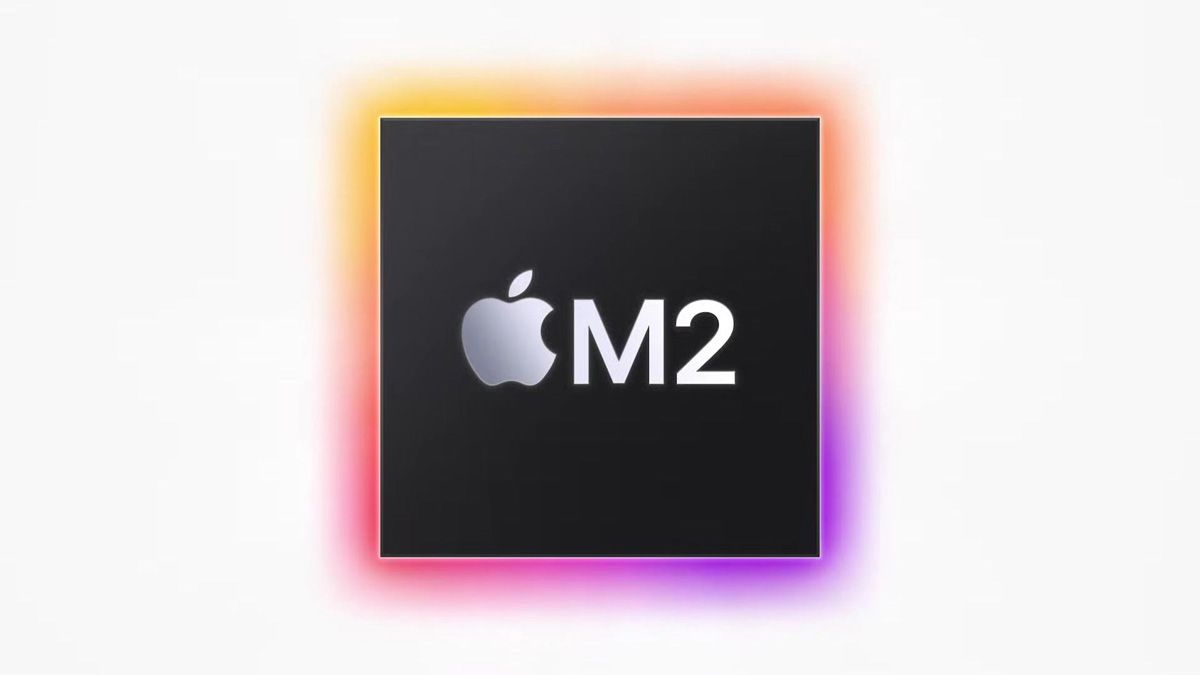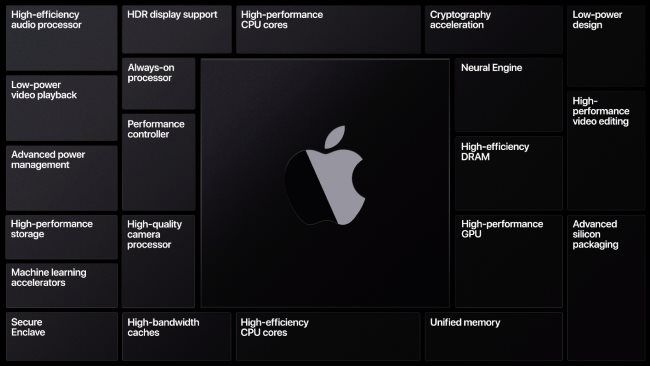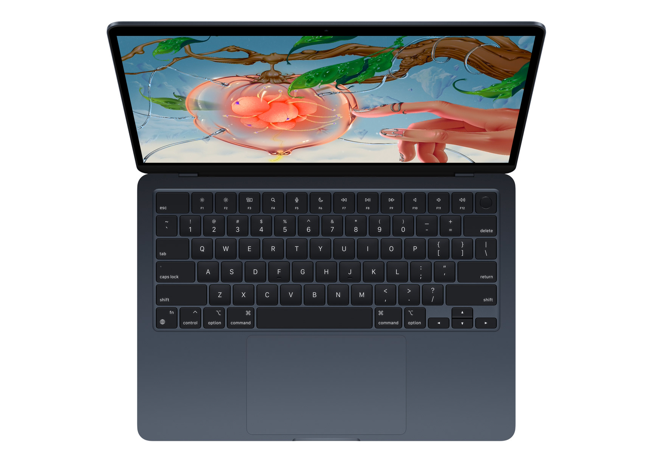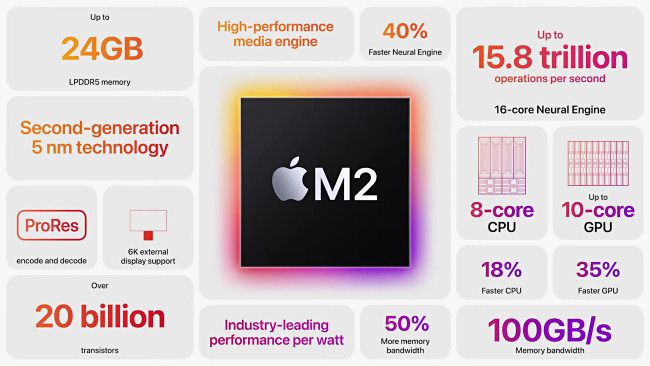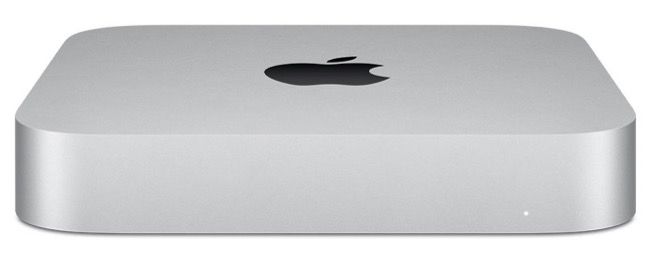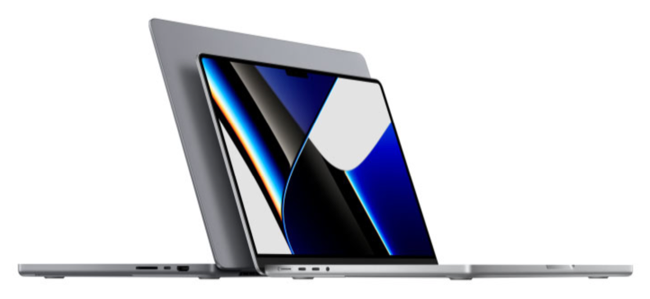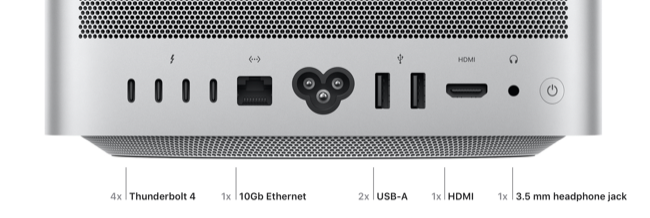Quick Links
It's a great time to buy a Mac. Apple's new ARM-based processors are fast and efficient, plus old favorites like MagSafe and built-in card readers are making an appearance once again. Best of all, thanks to Apple Silicon, you don't need to spend big bucks to get serious performance.
What Is Apple Silicon?
Apple Silicon refers to Apple's new class of processors seen on the Mac (and also the iPad) beginning in 2020. Previously, Apple used the same 64-bit x86 architecture seen in PCs, with chips made exclusively by Intel. Going forward, Apple is using ARM-based chips that are more like iPhone systems-on-chip (SoCs) than traditional PC processors.
Apple Silicon and x86 use two very different processor architectures. The differences are complex but one of the key takeaways is that ARM-based processors use a simplified instruction set that is better suited to mobile applications, which means they consume less power than their x86 counterparts.
These two different architectures require two different software approaches, which means an app or operating system written for x86 won't natively run on Apple Silicon. Apple has spent years converting macOS to work flawlessly on the new processor architecture, and created the Rosetta 2 transpiler which allows macOS on Apple Silicon to create ARM-based versions of most apps on the fly.
At the time of writing in June 2022, only one model of Mac mini and the Mac Pro are available for sale on the Apple Store with Intel processors. The rest of the lineup has made the transition to Apple Silicon. If you're in the market for a Mac, you should be buying a machine with an Apple Silicon processor, and a "base" M1 or M2 will probably do the job.
Coming From Intel? You'll See Big Gains
At the time of writing, there are five versions of Apple Silicon chips available for purchase. These are: the original M1 released in 2020, the M1 Pro and M1 Max models released alongside the redesigned 2021 MacBook Pro, the M1 Ultra chip as seen in the Mac Studio desktop, and the M2 chip announced in mid-2022 that appears in the redesigned MacBook Air and 13-inch MacBook Pro.
The "base" models are the M1 and M2. If you see terms like "Pro" or "Ultra" in the name, you're looking at a beefed-up version of the base model chip, often with more GPU cores, higher capacity RAM options, and more dedicated encode and decode engines for video editing.
Regardless of which chip you opt for (including the "base" models), you'll see some big gains over Intel chips. Apple claims its M2 chip in the 2022 MacBook is up to 15 times faster than the Intel chip previously available in this machine back in 2020. But you don't need to rely on marketing claims; the evidence is clear the second you pick up a new model.
This was demonstrated way back in 2020 when Apple revealed the M1 processor. You can see evidence of this in side-by-side comparison videos (like this one from MacRumors). Performance across the board is so much better on Apple Silicon, thanks largely to the work Apple has put in to optimize hardware and software in unison.
These gains cover everything from general usage like scrolling a webpage or opening an app, to file transfers, video rendering, OS features like Mission Control, 3D and 2D performance, and heat output (or lack thereof). Battery life is also demonstrably better on Apple Silicon compared to the Intel predecessors, with the M1 and M2 MacBook Air quoting around four hours more "wireless web" browsing and six hours longer Apple TV movie playback.
M2 Incorporates Higher-End Features
The M2 chip appears in the redesigned 2022 MacBook Air (and 13-inch MacBook), starting at $1199. In addition to being around 20% faster in terms of raw CPU speed compared to the M1, the M2 also features 8 GPU cores (up from 7 on the base model) and a higher RAM capacity of 24GB for those who want more memory.
It manages this with the same level of power efficiency as the M1, with no degradation in battery life (based on Apple's numbers). It also incorporates some higher-end features with the presence of hardware-accelerated playback, encoding, and decoding of Apple's ProRes and ProRes RAW video formats.
Previously, hardware support for the ProRes and ProRes RAW formats was a big draw for the powerful M1 Pro and M1 Max chips seen in the MacBook Pro. The M2 MacBook Air also boasts 100GB/sec memory bandwidth for loading data in and out of RAM even quicker than the previous model.
These chips are plenty powerful enough for the majority of users who spend their days in Safari, replying to email, editing spreadsheets, or doing light photo and video work. If you have a nasty tab habit then you might want to consider increasing the RAM to 16GB (or 24GB if you need it) to give yourself some wiggle room, though macOS is remarkably good at managing RAM loads even on entry-level models.
How much storage you need is a personal decision. A base 256GB SSD might not cut it if this is going to be your only Mac, so opting for the 512GB or 1TB upgrade might pay off in the years to come.
Save Some Money With the M1 Models
So what about the very bottom end of the budget? Apple is still selling its original M1 MacBook Air, minus the bells and whistles, for $200 cheaper than the M2 version at $999. If you've got a monitor, mouse, and keyboard, you can pick up a comparably-specced 2020 Mac mini for only $699.
The move from M1 to M2 is nice, but it's not night and day. It's nothing like the move from Intel to Apple Silicon, and the original M1 still flies (and will for years to come). What's more, these chips will continue to receive support in the form of macOS upgrades for far longer than their Intel predecessors.
Going forward, Apple and third-party developers are looking primarily at Apple Silicon. Getting in on an M1 at this stage puts you in a great position to reap the benefits of a more performant and power-efficient computing platform. Even when Apple refreshes the Mac mini with the M2 or some variant of it, there will be little reason for most M1 users to immediately upgrade.
This is certainly something to be celebrated and taken advantage of if you're fond of Apple's ecosystem and on a tight budget.
Who Needs the M1 Pro, Max, and Ultra?
There are still plenty of ideal use cases for a more powerful Mac. The M1 Pro, M1 Max, and M1 Ultra feature two more CPU cores for slightly better performance in multi-threaded applications. The M1 Pro features a 16-core GPU (double that of the M1) while the M1 Max ups this to 32-cores.
The M1 Max and M1 Ultra have two and four dedicated ProRes and ProRes RAW encoder and decoder engines respectively, which makes them suited to high-end video editing. If you're not editing multiple streams of 4K video, you probably don't need all that power.
The higher-end M1 Max chip can be configured with up to 64GB of unified memory, while the M1 Ultra as seen on the Mac Studio can handle up to 128GB. These higher-end M1 Pro and above chips are also configurable with 8TB of storage space. If you don't need huge amounts of RAM or storage, the M1 or M2 should suffice.
The machines that use the more powerful SoCs also come with other enhancements. The 2021 14 and 16-inch MacBook Pro has a stunning display that can output up to 1600 nits peak brightness in HDR content with ProMotion 120Hz adaptive refresh rate. This makes for a smoother experience that's ideal for editing HDR video productions. It also features a card reader and HDMI 2.0 output for powering an external display without the need for a Thunderbolt adapter.
The Mac Studio has even more ports, with USB-A connectivity at the back, a card reader up front, built-in Ethernet, and up to six Thunderbolt 4 ports on the M1 Ultra. All of these machines include more powerful cooling than base M1 and M2 models since they are designed to handle higher loads.
All of this pushes the price up, so you're not just paying for a more performant chip, you're paying for more copper in the coolers, a larger battery in the chassis, and more flexibility when it comes to peripherals.
Try One Out for Yourself
Don't just take our word for it, head to an Apple store or large electronics retailer that sells Macs and try out the M1 and M2 chips for yourself. Try putting the machines under heavy load by opening everything in the dock, and running stress tests like those found on Browser Bench.
Most importantly, try doing the things you'll be doing at home or work with your Mac, like filling in a large spreadsheet, juggling 25 tabs, or editing a photo. At the end of the day, deciding between an M1 or M2 MacBook Air might be the hardest part.

